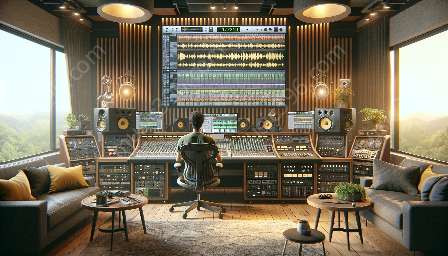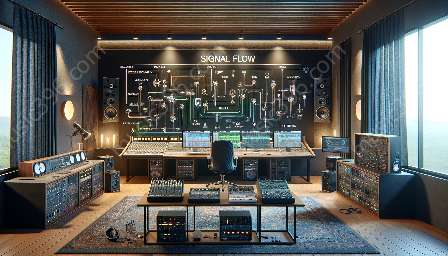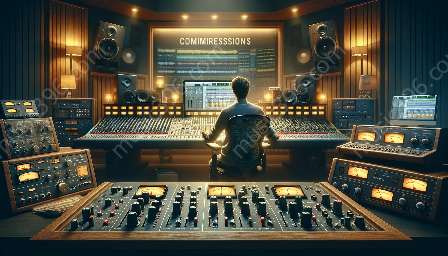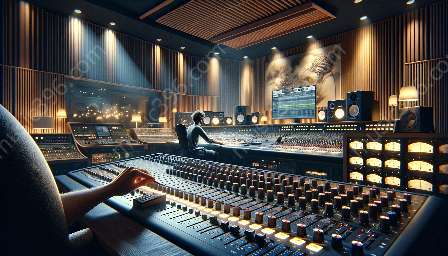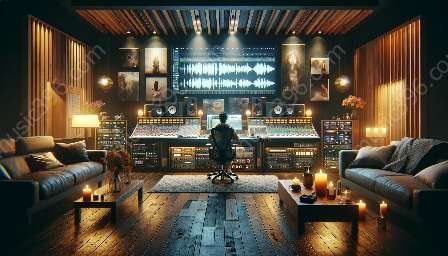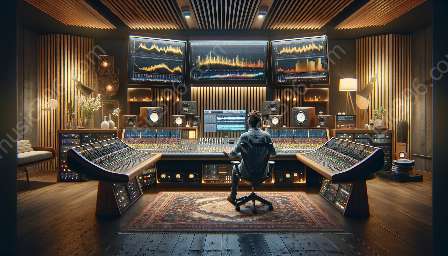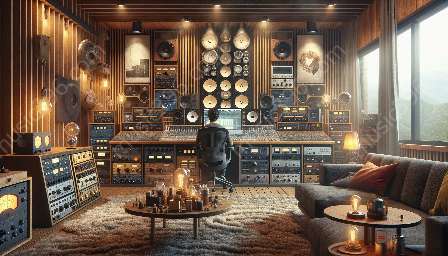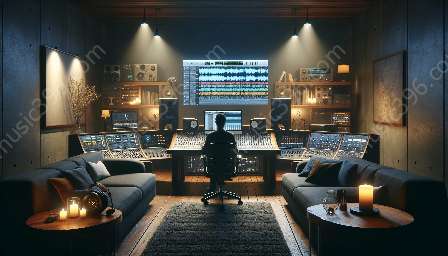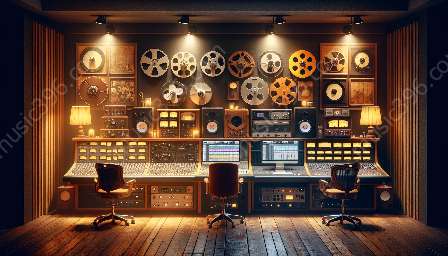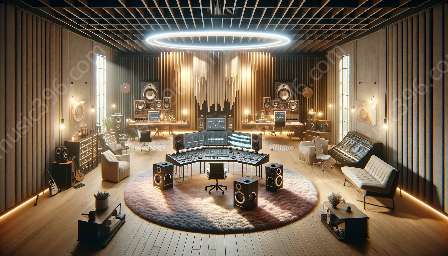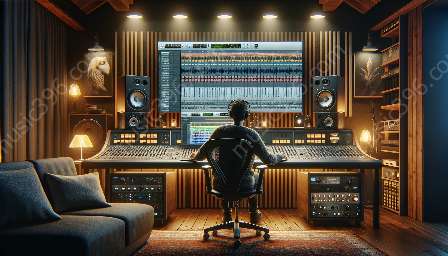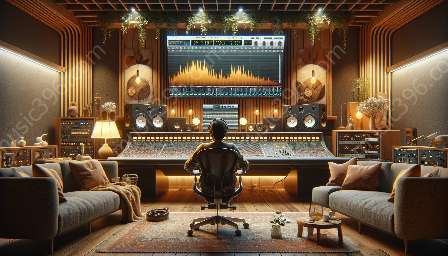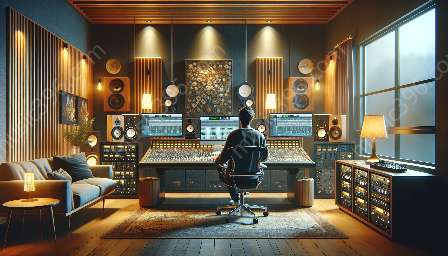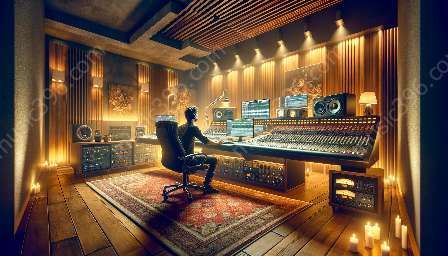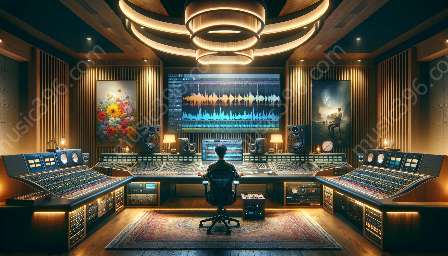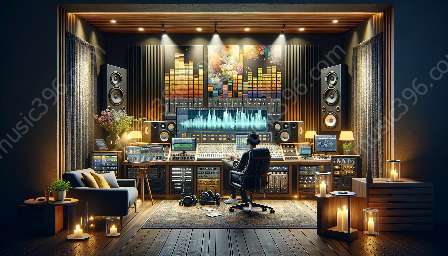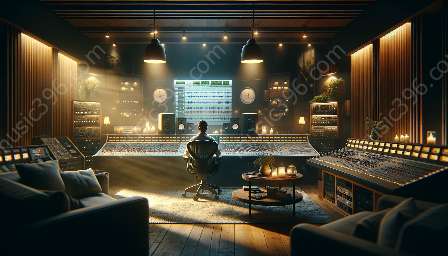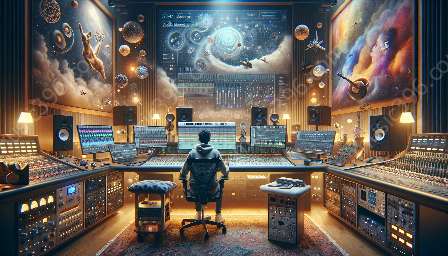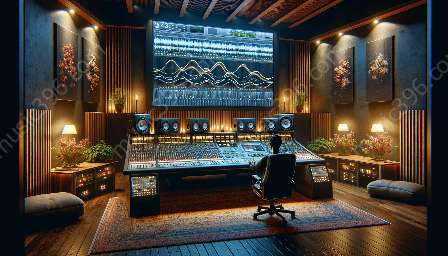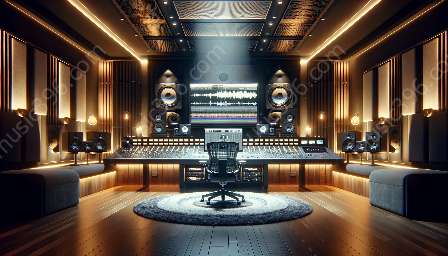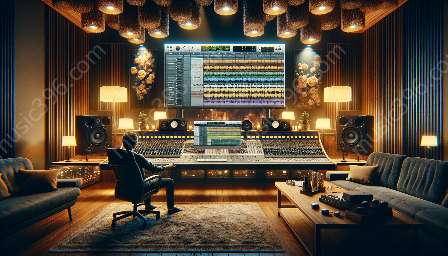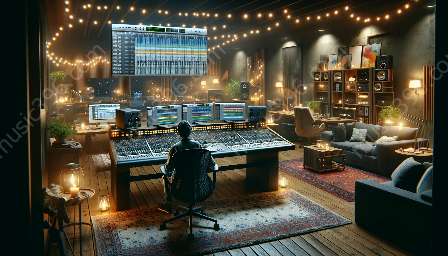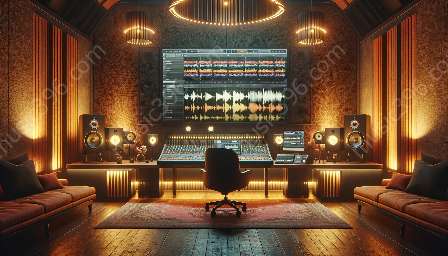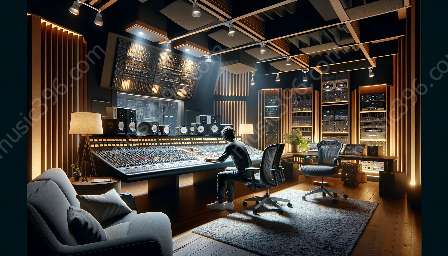Dynamic Range Control in Film and Television Soundtracks
Dynamic range control plays a crucial role in shaping the audio experience of film and television soundtracks. It involves managing the range between the quietest and loudest parts of the audio, ensuring that the sound remains balanced and impactful throughout. This intricate aspect of audio production blends technical expertise with creative decision-making to enhance the emotional impact of visual storytelling.
The Significance of Dynamic Range Control
Dynamic range control is essential for creating an immersive audio experience in film and television. It allows for delicate nuances in sound to be preserved while also ensuring that louder, more dramatic moments are delivered with maximum impact. By managing the dynamic range effectively, sound engineers can guide the audience through a sensory journey that complements the narrative on screen.
Furthermore, dynamic range control contributes to the overall quality and clarity of the audio. It helps prevent distortion and ensures that dialogue, music, and sound effects are balanced and cohesive, leading to a polished and professional end product.
The Intersection with Dynamic Range in Mixing and Mastering
Dynamic range control in film and television soundtracks intersects with the broader practice of dynamic range in mixing and mastering. In the context of music production, mastering engineers often employ dynamic range control techniques to optimize the overall balance and impact of a song or album. Similarly, in the realm of film and television, sound engineers apply these principles to ensure that the audio complements and enhances the visual experience.
While the goals of dynamic range control may differ between music and film/television soundtracks, the underlying principles remain the same. Both areas require a nuanced approach to manipulating dynamic range to achieve the desired emotional and technical outcomes.
Audio Mixing & Mastering in Relation to Dynamic Range Control
Audio mixing and mastering are fundamental components of the production process, encompassing the refinement and optimization of audio elements to achieve cohesion and impact. Dynamic range control is intricately linked to these processes, as it directly influences the balance, clarity, and emotional impact of the final product.
During the mixing stage, sound engineers carefully balance the individual audio elements, adjusting the dynamic range to ensure that each component works harmoniously within the overall sound landscape. This involves making decisions about the placement of sounds within the stereo field, adjusting volume levels, and applying dynamic processing to shape the dynamics of the audio.
Once the mixing stage is completed, mastering engineers further refine the dynamic range, ensuring that the audio translates effectively across different playback systems. They use specialized tools and techniques to optimize the dynamic range for a consistent, impactful listening experience.
Conclusion
Dynamic range control in film and television soundtracks is a multifaceted and essential aspect of audio production. Its impact extends beyond individual components to shape the overall emotional resonance and technical quality of the audio. By aligning with the principles of dynamic range in mixing and mastering, sound engineers and mastering professionals can elevate the auditory experience and immerse audiences in the storytelling magic of film and television.

